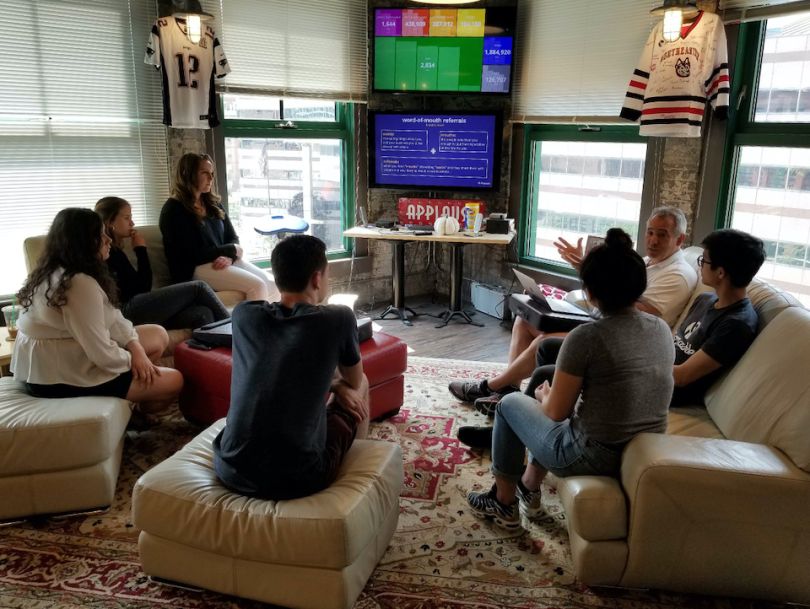
A product backlog can be a pivotal guiding force in how a company works toward its goals — unless that backlog is messy.
Unnecessary or improperly prioritized backlog items can muddy the productivity waters, forcing teams to spend time and energy working on objectives that ultimately bear little influence on business success. To prevent this outcome, small business referral network Alignable relies on communication — and a little “prioritization poker.”
Product Marketing Manager Phillip McKee said sub-teams of engineers and product professionals across the organization gather quarterly to map the high-priority, business-essential tasks that lie ahead.
According to McKee, precedence on jobs that aren’t quite business essential are determined through prioritization poker, where stakeholders use cards to assign value to tasks.
Learn more about how Alignable maintains a streamlined backlog by getting stakeholder insight early and often, and through frequent check-ins with teams surrounding how their work is going.
What parameters do you have in place to ensure your product backlog is manageable and that its items truly belong there?
It’s critical that we prioritize the projects with the highest impact. Our backlog system, housed in Notion, keeps us on task and in the groove. We created templates for our backlog cards so anyone from any team can fill them out. The templates force the creator to dig deep into their idea. They perform research and chat with team members so we can justify and prioritize the work at hand, which keeps the backlog filled with fully-fledged ideas. During backlog grooming, we have all the information we need to make a call and get going.
Throughout our product planning process, we bring stakeholders in every step of the way.”
How do you prioritize the items that make it to your product backlog?
We look at all the potential work with stakeholders to decide what we think will drive us closest to our company objectives. The idea list is shortened to the highest impact items, then further fleshed out into what we call “epics.” Each epic gets its own team of engineers, product managers and product marketers. Since epics are so project- and goal-driven, prioritization comes easy through a biweekly grooming meeting with the epic’s team.
How do you categorize backlog items?
For everything unrelated to quarterly epics, we empower everyone from all corners of the company to add tickets to the backlog. We take the ideas that need to be prioritized into a grooming meeting with stakeholders from product marketing, product management, customer support and engineering, and play a round of prioritization poker. Everyone is armed with a deck of cards and we score ideas based on their estimated size and impact. Then using a weighted shortest job first (WSJF), we divide the impact score by the size score, which results in a WSJF score and a stack rank of the highest ROI work.
What stakeholders do you include in the backlog prioritization process?
Throughout our product planning process, we bring stakeholders in every step of the way. First and foremost, at the beginning of each quarter, the whole team is involved in what initiatives the company focuses on. Then, we have kickoff meetings with all the stakeholders to decide how we’ll measure success and get there. These stakeholders typically include the team that will be doing the work, members of the executive team and anyone relevant to the work being done.
We also have everyone on the team give weekly TL;DR (too long, didn’t read) updates on what’s happening in their neck of the woods and invite comments and suggestions.







